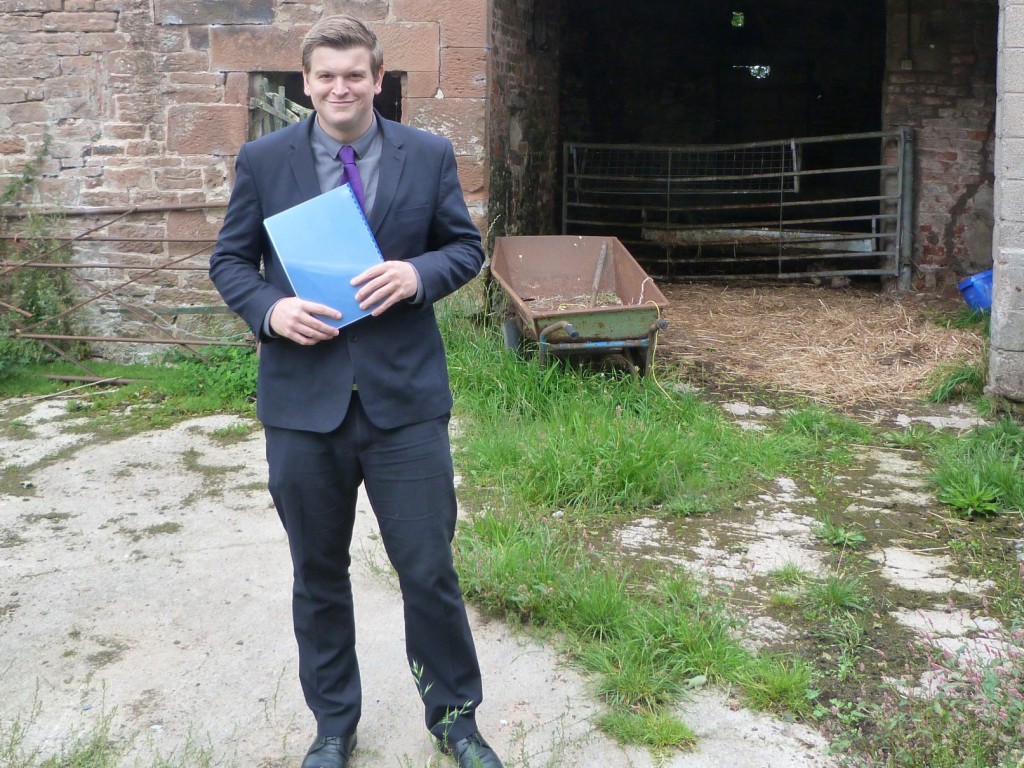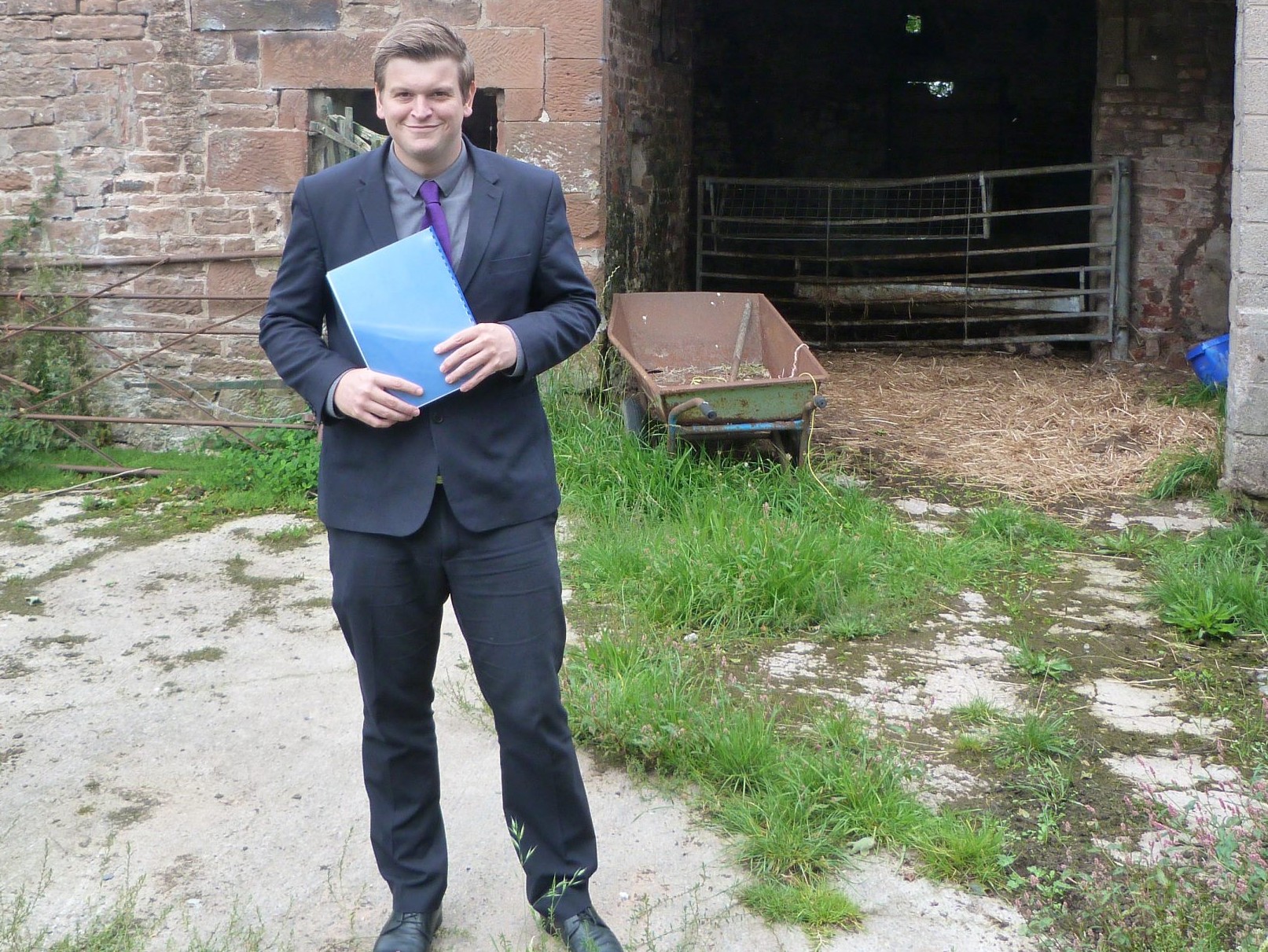The Importance of Proper Insurance for Farm Buildings
New planning regulations mean previous policies may provide inadequate cover
 Farmers are being urged to check that their buildings are properly insured after changes to planning regulations, which mean their current policies may be inadequate to cover possible losses.
Farmers are being urged to check that their buildings are properly insured after changes to planning regulations, which mean their current policies may be inadequate to cover possible losses.
Buildings previously considered to be redundant now have the potential for other uses thanks to the introduction of the Prior Notification process – known as ‘planning permission lite’ – which makes it easier to convert old and under-used farm buildings into housing.
Since the changes were introduced in April, H&H Insurance Brokers who operate across Scotland and the North of England, has dealt with a number of clients whose old farm buildings are no longer properly insured to take their new potential value into account.
Ryan Roberts of H&H Insurance Brokers said: “It’s important that farmers check their insurance policies and are clear about what they cover.
“For example, many policies only allow for the repair of damage with modern materials, rather than like-for-like replacement which can impact on the value of your building.”
Redundant stone buildings with the potential for conversion should be itemised and their insurance needs assessed. In some cases, farmers will have stand-alone structures such as barns, former farm cottages or buildings that were once part of a traditional farm yard. The planning changes mean that the potential value of these types of structures has soared but inadequate insurance will wipe out the possible profit if they are damaged and not repaired with the same materials.
“In many cases, a first loss insurance is inadequate, you need reinstatement insurance,” said Ryan.
“This ensures any damage is reinstated with the traditional materials that were used in the original building.
“It’s important to discuss this with your insurance broker. Most insurances offer a ‘global sum insured’, which means you choose the sum insured to cover all the buildings if they were destroyed in a catastrophe. It’s vital that this overall sum is enough to replace the buildings like-for like.”
If you decide to convert an existing building yourself, you need to look at the rebuild costs when assessing how much to insure it for. The age, listed status, location, construction and existing state need to be considered. H&H’s partner surveyors can provide an accurate rebuilding valuation to cover potential losses.
Ryan said: “Making sure an existing structure is valued accurately will avoid under-insurance at the point at which a claim is paid.
“If the rebuild cost of your existing structure is £500,000, and you have only insured it for £350,000 you will only be paid 70% of any loss that occurs, so it’s absolutely vital to have the structure valued correctly.”
In addition to maximising income by converting redundant buildings, increasing numbers of farms now rent out unused buildings for non-agricultural purposes. This also requires a reassessment of insurance to ensure the building is now adequately covered for its new use. For example, it may be necessary to increase the public liability cover if the building is used as a shop, or if it is used by tradesmen to store hazardous materials. It is important to speak to the person renting the building to ensure they have both their own contents and public liability policies.

